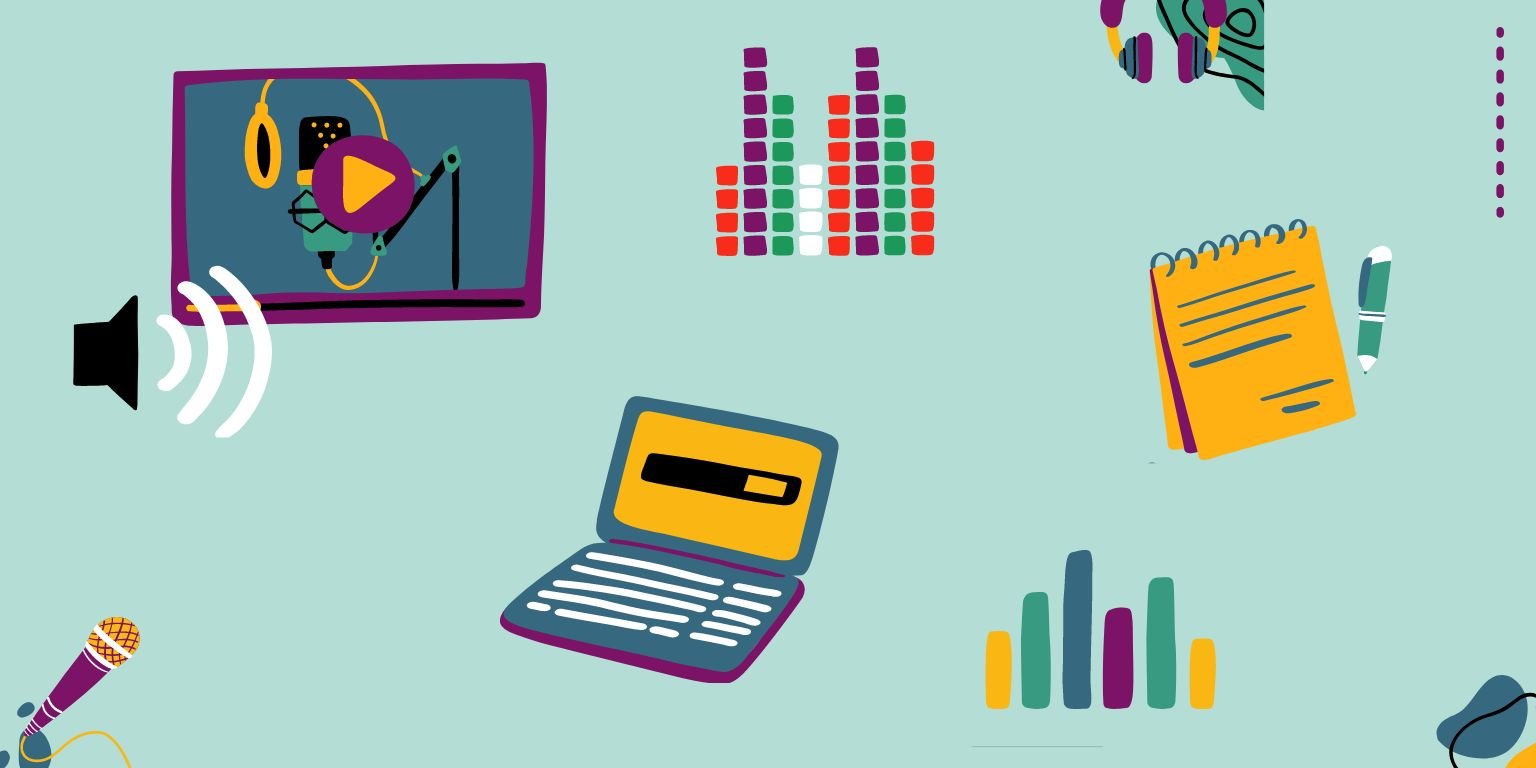A UDL practitioner believes in the power of teaching and learning. As instructional designers and facilitators, we have the incredible opportunity to create a culture of high expectations where all students have opportunities for voice and choice as they work toward grade-level standards in classrooms that support them, challenge them, and help them feel like they belong. At the tip of the iceberg, UDL is about flexibility, expert learning, voice, and choice, but it doesn’t address the nuances of the UDL framework. When exploring UDL more deeply, it is critical that we support students in their self-awareness, self-reflection, and social-emotional wellness while ensuring that they engage in authentic, meaningful, and high-quality work. Too often, choice boards designed in the name of UDL may increase enjoyment in the classroom, but if they do not lead to high levels of learning and artifacts that students are proud of, there is an incredible opportunity for growth. I can’t even count the number of times that teachers share their frustration with providing choices to students as the quality of the work may suffer when students have options and choices to share their learning.
As an example, imagine that a teacher is working toward a content standard that requires students to explain their learning of one of the grade-level standards using textual evidence and target vocabulary. The standards below all lend themselves to flexible assessments.
Subject |
Content Standard |
|
ELA |
Delineate and evaluate the argument and specific claims in a text, including the validity of the reasoning as well as the relevance and sufficiency of the evidence. |
|
Math |
Understand that a two-dimensional figure is congruent to another if the second can be obtained from the first by a sequence of rotations, reflections, and translations; given two congruent figures, describe a sequence that exhibits the congruence between them. |
|
World Language |
Using selected words, phrases, and expressions with no major repeated patterns of error, students will express likes and dislikes. |
|
Science |
Support an argument that the apparent brightness of the sun and stars is due to their relative distances from the Earth. |
|
History |
Explain the development of colonial governments and describe how these developments (e.g., legislative bodies, town meetings, and charters on individual freedoms and rights) contributed to the Revolution. |
|
Wellness |
Describe the growth patterns and body changes within human beings throughout the life cycle (from prenatal through late adulthood), including critical periods in growth and development |
|
Music |
Interpret intent and meaning in artistic work. Use specific vocabulary to identify details about a musical work. |
|
Art |
Select, analyze and interpret artistic work for presentation. Identify historical sources that explain movement conventions. |
The teacher provides a choice board, like the one below, and encourages students to reflect and select from the multiple means of action and expression that are offered.
Choice Board |
||
|
TED Talk/Video |
Multimedia Presentation |
Podcast |
|
White Paper |
Scientific Poster |
Newsletter |
Although students may share mastery of the grade-level standards, teachers may be frustrated by the lack of quality of the poster, podcast, etc. Of course, the medium in this scenario is not construct relevant, but it is important that students learn how to share their learning in a way that is truly authentic, and therefore high-quality. Clearly, if a teacher wants students to create high-quality products, they have to do a lot of planning and create scaffolds… or we could do that for you.
This UDL Choice Board was the mastermind of Todd Sills, a teacher at the Vientiane International School. I worked with Todd at a weekend workshop on UDL in Bangkok and he asked if there were any choice boards where the scaffolds and supports were already embedded. My answer was “Not yet,” and then Todd took the lead. This choice board ebook is a labor of love between Todd, my colleagues Jeff Horwitz and KC Knudson, and me. We provide some tips for using the choice board resources, not for student grades, but to help students to build products and projects that they can share widely, use in their portfolio, and channel their passions.
Tips for Teachers:
- Before students choose a medium, share the firm goal of the assessment as it relates to your content standards. UDL is about firm goals and flexible means.
- Ask students to compare their work to the exemplars before revising/submitting their assessment.
- Ask students to complete a self-assessment using the provided rubric (note: This should not impact student mastery based on content standards)
- If you are going to start this for the first time, you may want to practice using something that they have already studied or maybe they are reflecting on their own learning - if they aren’t learning content, they can focus on the medium.
- Create a station rotation where students explore the different mediums. You could provide a scavenger hunt where they look for authentic examples of each medium within their own area of interest (i.e, professional sports players)
- Don’t limit students to a single format. In many authentic settings, creators will pair text types. For example, a scientist may present a scientific poster and also give a TED-like talk about their subject.
Students are not limited to the authentic text types below. Note that you can offer additional options and choices if students wish to crowdsource additional scaffolds and supports. We would love to hear from you and/or your students if you use this UDL Choice Guide. We can continue to revise the tool using work from your students!
Take your choice boards to the next level. Download the student handout and the teacher's guide to help students with self-awareness, self-reflection, and social-emotional wellness while ensuring that they engage in authentic, meaningful, and high-quality work.




